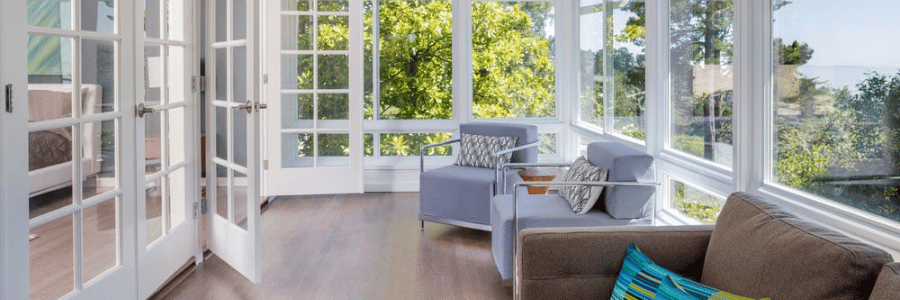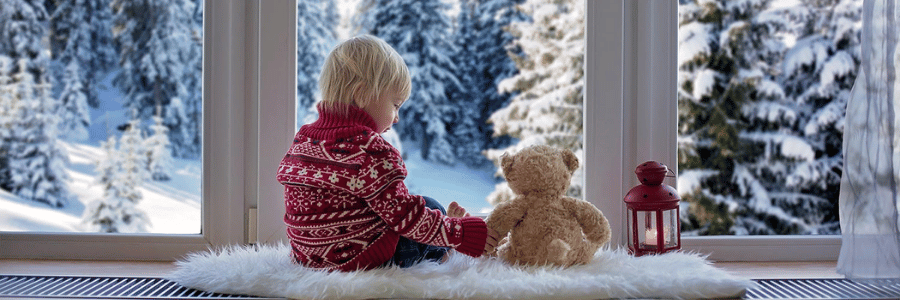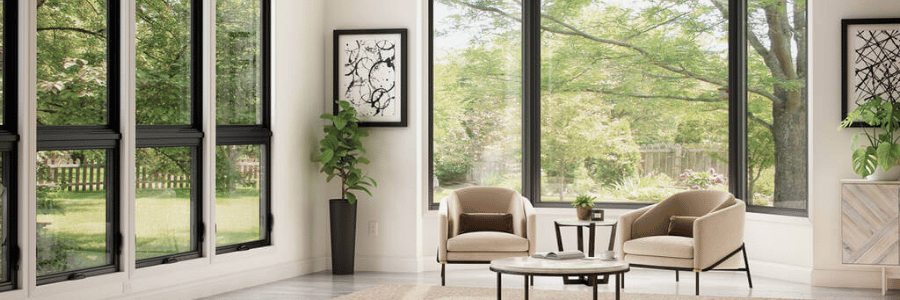Your home’s windows do more than just let in light and offer views of the outside world—they play a critical role in maintaining comfort and energy efficiency throughout the year. Whether it’s the heat of summer or the chill of winter, the right windows can keep your home cool, warm, and comfortable, all while reducing your energy bills. In this post, we’ll explore how different types of windows help you stay cozy during the colder months and cool when the temperatures rise. Plus, we’ll discuss how to choose windows that are built to withstand the elements, ensuring your home stays protected season after season.
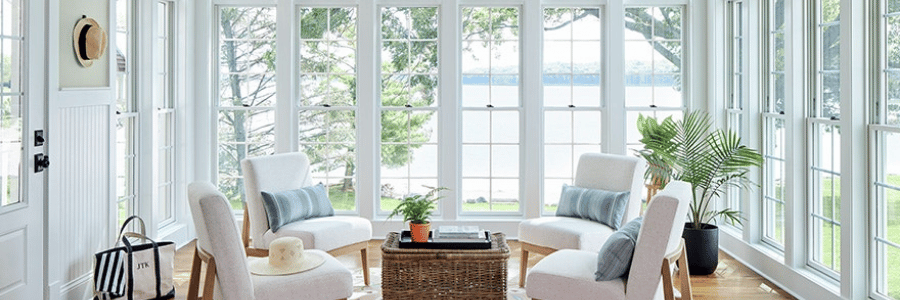
The Role of Windows in Year-Round Comfort
Windows serve as an essential link between your home’s interior and the exterior environment. They can either help or hinder your home’s insulation, temperature regulation, and overall comfort. Poorly insulated or improperly sealed windows can let in drafts, increase heating and cooling costs, and allow moisture to infiltrate, leading to potential damage. However, by choosing the right windows, you can significantly improve your home’s performance in every season.
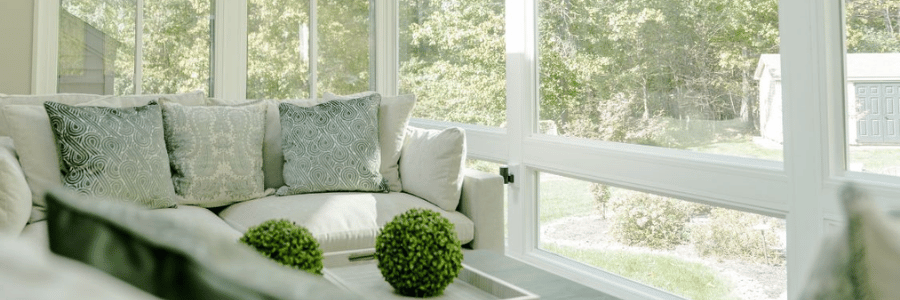
Keeping Cool in the Summer: How Windows Help with Heat Control
During the hot summer months, keeping your home cool without cranking up the air conditioning is a priority for many homeowners. The right windows can minimize heat gain, keeping the inside of your house comfortable while also saving energy.
Low-E Glass for Solar Heat Control
Low-emissivity (Low-E) glass is a popular choice for summer heat control. This type of window glass is coated with a thin, nearly invisible layer that reflects infrared heat, keeping it out of your home while still allowing visible light to pass through. This helps maintain a cooler indoor environment without sacrificing natural daylight.
Energy-Efficient Frames and Insulation
Windows with well-insulated frames, such as those made from vinyl, fiberglass, or wood, provide better thermal resistance. These materials reduce heat transfer, keeping the hot air outside where it belongs. Additionally, double- or triple-glazed windows with gas fills (like argon or krypton) can significantly reduce the amount of heat that enters your home.
Window Shading and Tinting
In areas with intense sunlight, window tinting or exterior shading systems such as awnings or shades can block a significant amount of solar radiation. Window films or reflective coatings can also reduce glare and improve comfort by preventing rooms from becoming overly hot.
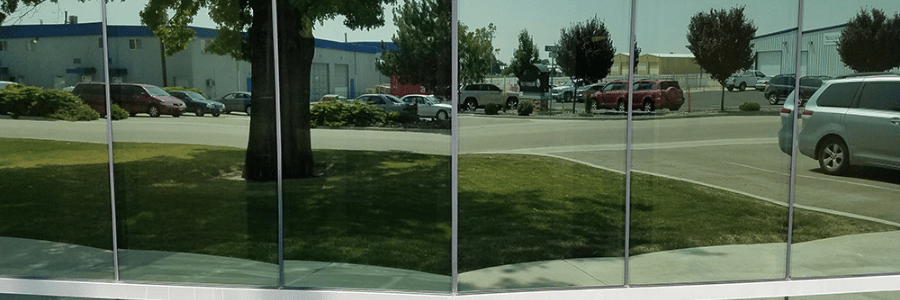
Staying Warm in the Winter: How Windows Keep Cold Out
When winter rolls around and temperatures drop, your windows become critical in keeping your home warm and preventing heat loss. Without the proper windows, heat can escape quickly, leading to higher heating costs and uncomfortable drafts. Here’s how to prevent that chill from creeping in:
Insulating Glass and Window Frames
In colder climates, insulated windows are a must. Double- or triple-glazed windows create air pockets that act as barriers against the cold. The spaces between the panes are filled with gases like argon or krypton, which provide excellent insulation properties. The more layers of glass you have, the better the window will perform in terms of heat retention.
Weatherstripping and Sealing
Even the best windows can lose their effectiveness if they aren’t properly sealed. Leaky windows allow warm air to escape, which forces your heating system to work harder. Ensure that your windows are properly weatherstripped and sealed to keep the cold outside. High-quality caulking around the window frame can also prevent drafts.
Thermal Breaks and Low U-Value Windows
The U-value of a window measures its thermal efficiency—the lower the U-value, the better the window is at keeping heat inside. Windows with thermal breaks—such as those made with vinyl or wood—are particularly effective in preventing heat loss. Look for windows with a low U-value to ensure that they will keep your home cozy during winter.
Weather-Resistant Windows: Choosing the Right Material for Any Climate
One of the most important considerations when selecting windows for your home is how well they can stand up to the local climate. Different materials offer varying levels of resistance to the elements, so it’s essential to select windows that are suited to your environment.
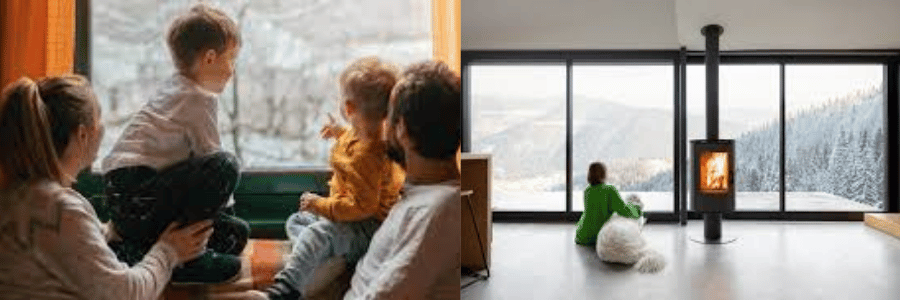
Vinyl Windows
Vinyl windows are known for their durability and weather resistance. They won’t warp, crack, or fade due to exposure to sunlight, making them a great choice for areas with extreme weather conditions, from hot summers to cold winters. They also require little maintenance and are highly energy efficient.
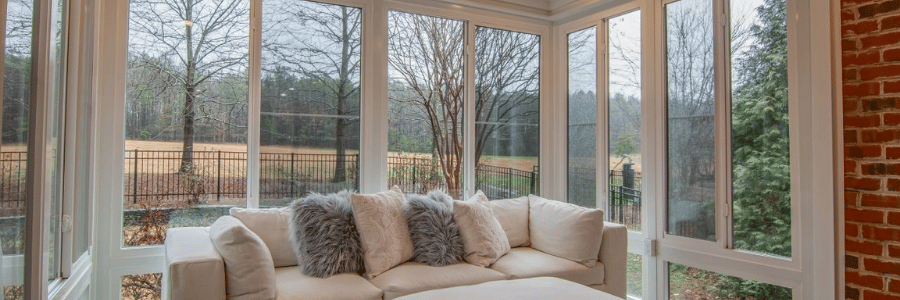
Fiberglass Windows
Fiberglass windows are another excellent option for weather-resistant performance. Fiberglass expands and contracts at the same rate as glass, which makes them less prone to air leaks and offers superior insulation. They are ideal for climates with large temperature fluctuations.
Wood Windows
While wood windows require more maintenance than vinyl or fiberglass, they provide natural insulation and are a classic, aesthetically pleasing option. Wood frames are great for colder climates, as they naturally provide excellent thermal resistance. However, they must be properly sealed and maintained to prevent rot or weather damage.
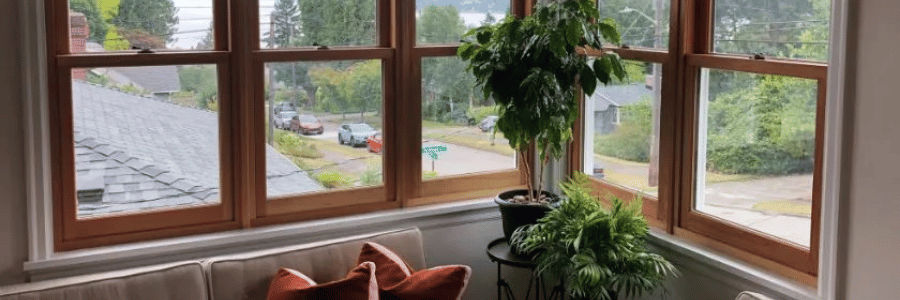
Aluminum Windows
Aluminum windows are highly durable and resistant to harsh weather, but they tend to have higher thermal conductivity, which can make them less energy efficient unless they are equipped with a thermal break. Aluminum windows are typically better suited for milder climates or regions with minimal temperature extremes.

Conclusion: Windows that Work Year-Round
Choosing the right windows for your home is about more than just aesthetics—it’s about creating a comfortable, energy-efficient environment that can withstand the elements. Whether you live in a hot, sunny climate or a cold, snowy region, there are window options that can help regulate your indoor temperature and keep your home comfortable year-round.
By considering factors like energy-efficient glass, well-insulated frames, weather resistance, and proper sealing, you can ensure that your windows will perform well in any season. Not only will this improve your comfort, but it will also reduce energy costs and minimize your environmental impact.
So, whether you’re upgrading existing windows or building a new home, take the time to invest in windows that are designed to handle all seasons—and enjoy the benefits of year-round comfort.

